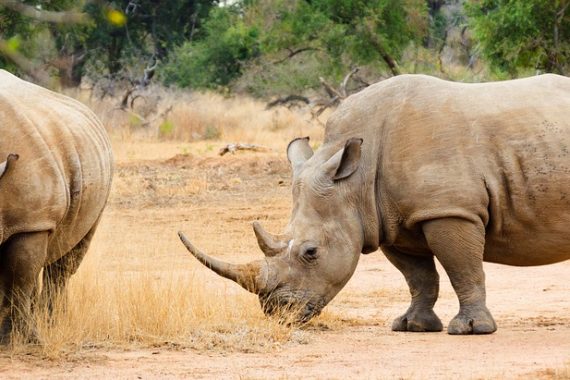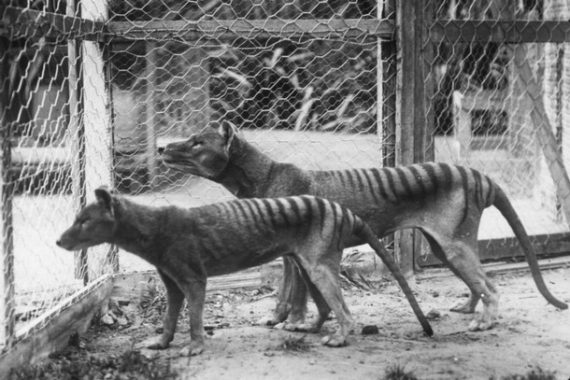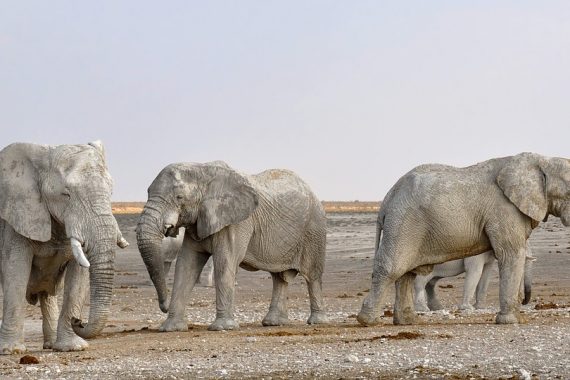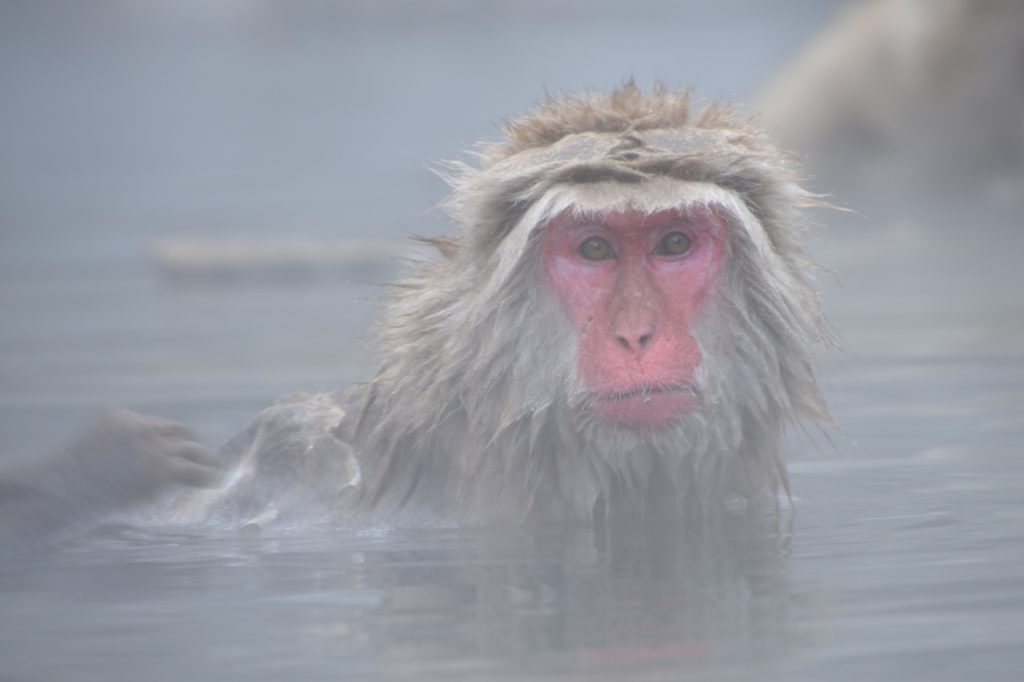
The Japanese Macaque, or also known as “Snow Monkeys” are one of the world’s most beloved monkeys. What makes them so iconic is the behavior of these monkeys soaking in the hot springs of Joshinetsu Kogen National Park. Covering these macaques also allows us to explore the biodiversity of Japan and all the animals inhabiting their islands. While the Snow Monkeys are not currently endangered, they have lost up to 10% of their population in a single year due to humans.
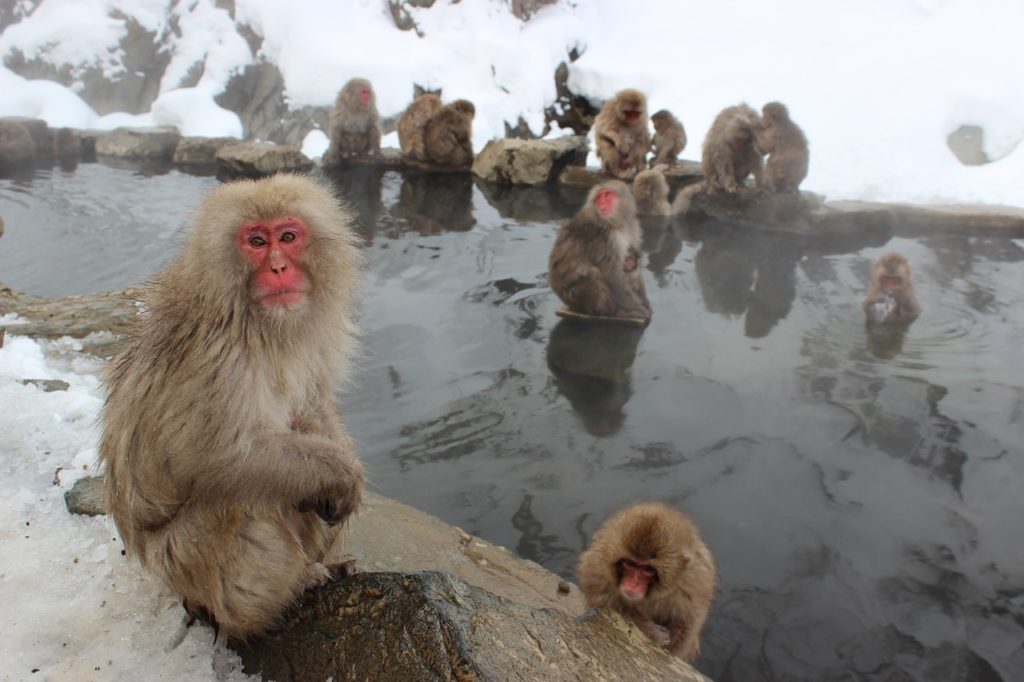
Japanese Macaque History
The common ancestor of all primates dates back about 80 million years ago, which is thought to originate in Africa. It has always been thought that all primates, to include monkeys, originated in Africa and radiated out. However, recent fossil evidence presents a new theory. Some scientists argue that primates actually originated in Asia. The debate continues. Snow Monkeys are “Simians” or primates that are monkeys, apes and humans.
Primates share the following characteristics:
- Forward looking eyes for 3D viewing
- Eye sockets that protect our eyes
- Opposable thumbs for grasping
- Each individual with unique fingerprints
- Large brains
The Japanese Macaque, or Snow Monkey, is an Old World monkey (no prehensile tales). Macaques are separated out into 23 species that range from Africa, Asia and Gibraltar (southern tip of Spain). The Rhesus Macaque and Formosa Rock Macaque most closely related to Japanese Macaque. Two subspecies of Japanese macaque have been described, Macaca fuscata fuscataand Macaca fuscata yakui. The M. f. fuscatais is the mainland subspecies of the Japanese macaque. Where M. f. yakuiis restricted to the island of Yakushima at the southern limit of Macaca fuscata distribution and is distinguishable from M. fuscata due to differences in pelage and body size.
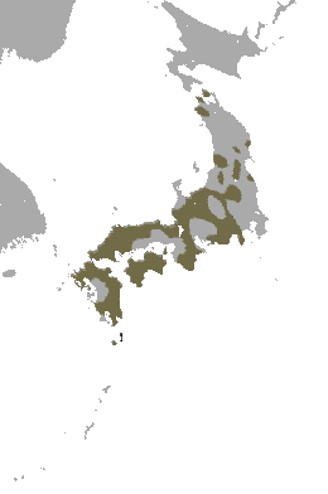
Japanese Macaque Physiology
Longevity for males has been confirmed as long as 28 years and into the 32nd year of life for females. Actual average lifespan, however, is significantly shorter; with wild females living for an average of just 6.3 years. They can survive in temperatures as low as 5 degrees Fahrenheit in the mountain regions. They also can be found in hot spring areas where the temperatures are warm. They are known to bathe with each other as part of their socialization. They also have even been observed rolling up snow into balls! Finally, Japanese macaques have been reported to swim up to half a kilometer.
These monkeys are omnivores and eat almost anything, plants, fruits, nuts, soil, and even tree bark. They can be preyed upon by feral dogs and Mountain Hawk Eagles. The young have been known to be preyed upon the Raccoon Dog.
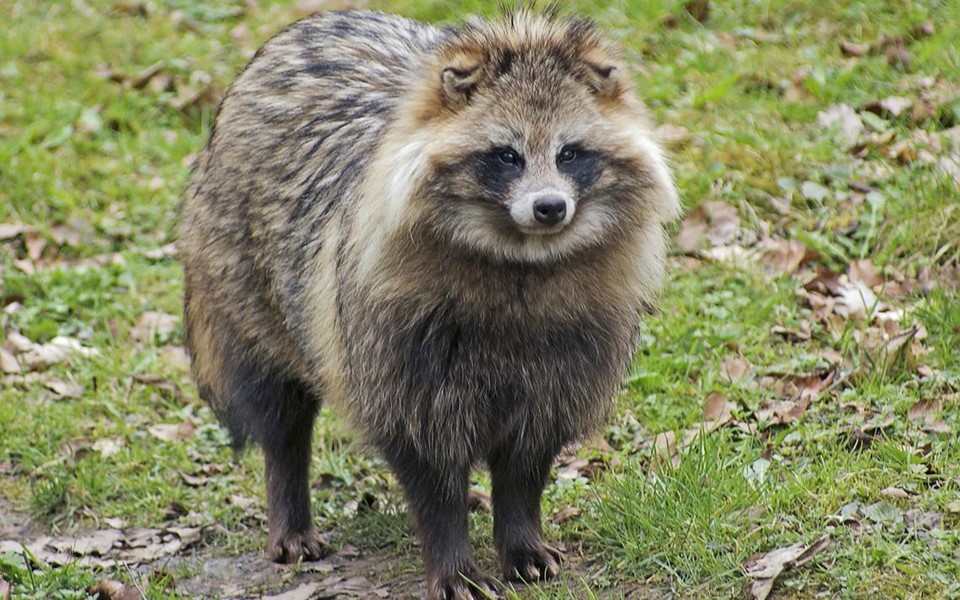
YES, that is real!!
Japanese Macaque Conservation
These monkeys are classified as Least Concern, with a population of over 100,000. However, in some years nearly 10,000 have been estimated to be killed by farmers, as they are seen as pests.

